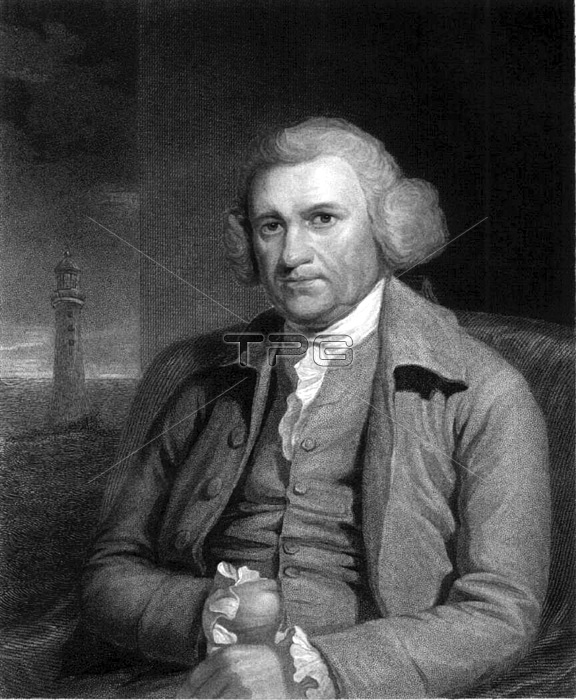
John Smeaton (June 8, 1724 - October 28, 1792) was an English civil engineer responsible for the design of bridges, canals, harbors and lighthouses. After studying at Leeds Grammar School he joined his father's law firm, but left to become a mathematical instrument maker, developing a pyrometer to study material expansion and a whirling speculum or horizontal top (a maritime navigation aid). He was elected a Fellow of the Royal Society in 1753, and in 1759 won the Copley Medal for his research into the mechanics of waterwheels and windmills. He pioneered the use of hydraulic lime (a form of mortar which will set under water) and developed a technique involving dovetailed blocks of granite. He is important in the history and development of modern cement, because he identified the compositional requirements needed to obtain hydraulicity in lime, which led to the invention of Portland cement. He he contributed to the Lunar Society and founded the Society of Civil Engineers in 1771. He coined the term civil engineers to distinguish them from military engineers. He is often regarded as the "father of civil engineering". He died in 1792 at the age of 68.
| px | px | dpi | = | cm | x | cm | = | MB |
Details
Creative#:
TOP22163095
Source:
達志影像
Authorization Type:
RM
Release Information:
須由TPG 完整授權
Model Release:
N/A
Property Release:
No
Right to Privacy:
No
Same folder images:

 Loading
Loading